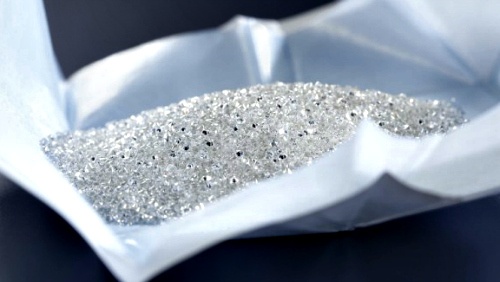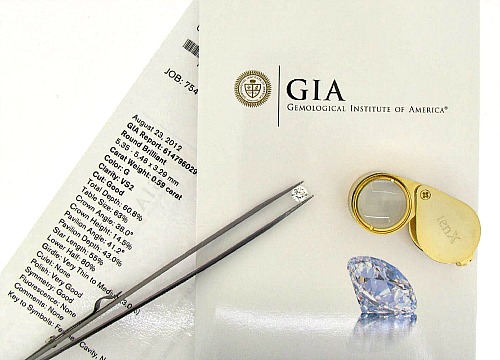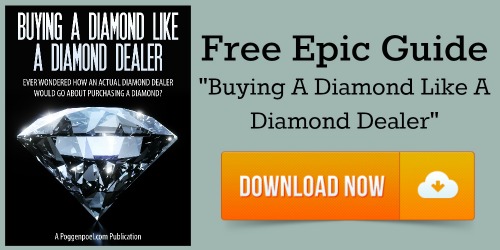Whether you like curves or not, there is one curve you can’t avoid: The Buyer’s Learning Curve.

Legal and ethical issues aside… would you send your 5 year old niece to some random liquor store to buy a bottle of wine for your ooh-la-la Valentine’s date? No. She doesn’t know how to buy wine. Maybe in 20 year’s time, if she’s acquired a taste for wine, she would have learnt a few valuable lessons and she’ll be able to pick a nice wine for the occasion.
Most engagement ring buyers are first timers left at the mercy of jewellers and diamond dealers. Sure, sure, knowledge is power – but unless you’ve acquired extensive diamond knowledge through hands-on experience, you need proper checks and balances to ensure you get your money’s worth. An independant diamond grading certificate is one such safe-gaurd.
When it comes to the buying and selling of uncertified diamonds, let’s get one thing out of the way; there is no legal requirement to have a diamond certified. So, anyone selling uncertified diamonds isn’t doing anything wrong per se. They might be extremely trustworthy folks selling accurately graded diamonds. I just won’t bet my money on it.
So, Two Simple Questions:
- Why wouldn’t a diamond dealer have a diamond independently graded and certified?
- If a diamond dealer is grading his diamonds in-house… don’t you think he might lean towards overly optimistic classifications of his precious diamonds?

Let’s say the diamond dealer is slightly “optimistic” and classifies the colour and clarity of a diamond just a single grade above it’s actual grade. After entering the two sets of grading specifications in a widely used diamond price calculation program we get the following asking prices for the diamond:
- True Grading: 1,00ct K-Colour, Si3-Clarity @ R38 500
- In-House Grading: 1,00ct J-Colour, Si2-Clarity @ R56 200
The optimistic “in-house” grading has increased the asking price by R18 000. If the grading is off by two colours and clarities (as it frequently is) you’ll be paying at least an extra R30 000 for this slight lapse in judgement. That’s a lot of money.
Still comfortable with your diamond dealer’s scribbled pencil gradings?
Maybe all these classifications are Greek to you… don’t worry. All you have to remember is the following:
- Uncertified diamonds are usually greatly overpriced due to the very typical “optimism” present in in-house grading.
- The slightest change in a diamond’s colour or clarity grading has a massive impact on the price.
Where To From Here Then?

Avoid and ignore all the justifications offered by a jeweller for why he/she doesn’t have their diamonds independently graded and certified. You know why.
Insist on buying certified diamonds and ensure that the diamond was graded by a reputable laboratory. To be overly safe stick to the G.I.A – they know what they’re doing. While we’re on the topic; if you wish to learn more about diamond grading fraud at certain grading laboratories please check out this blog post (link).
Understanding the basics of diamond classification is very important and helpful when you’re shopping around. If you’d like to learn more do yourself a favour check out our free comprehensive guide on the 4 C’s of diamonds. Click below to download:

